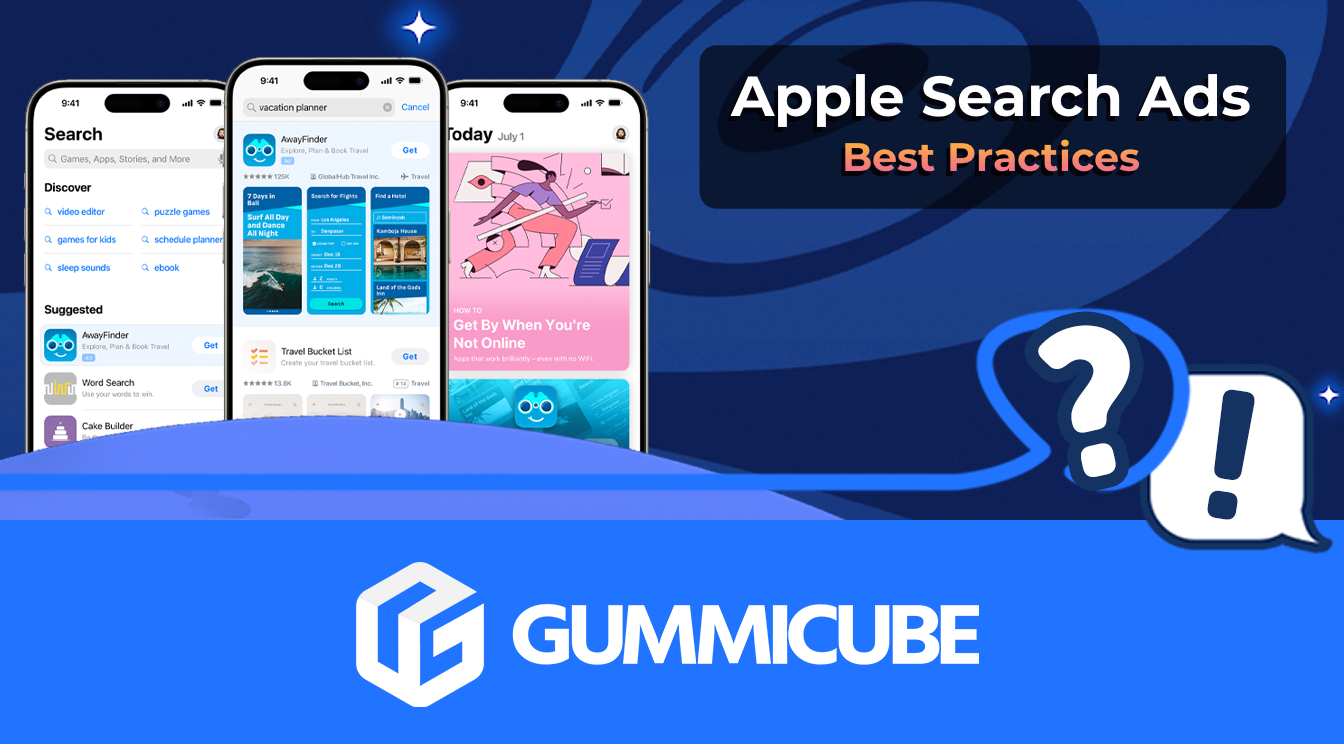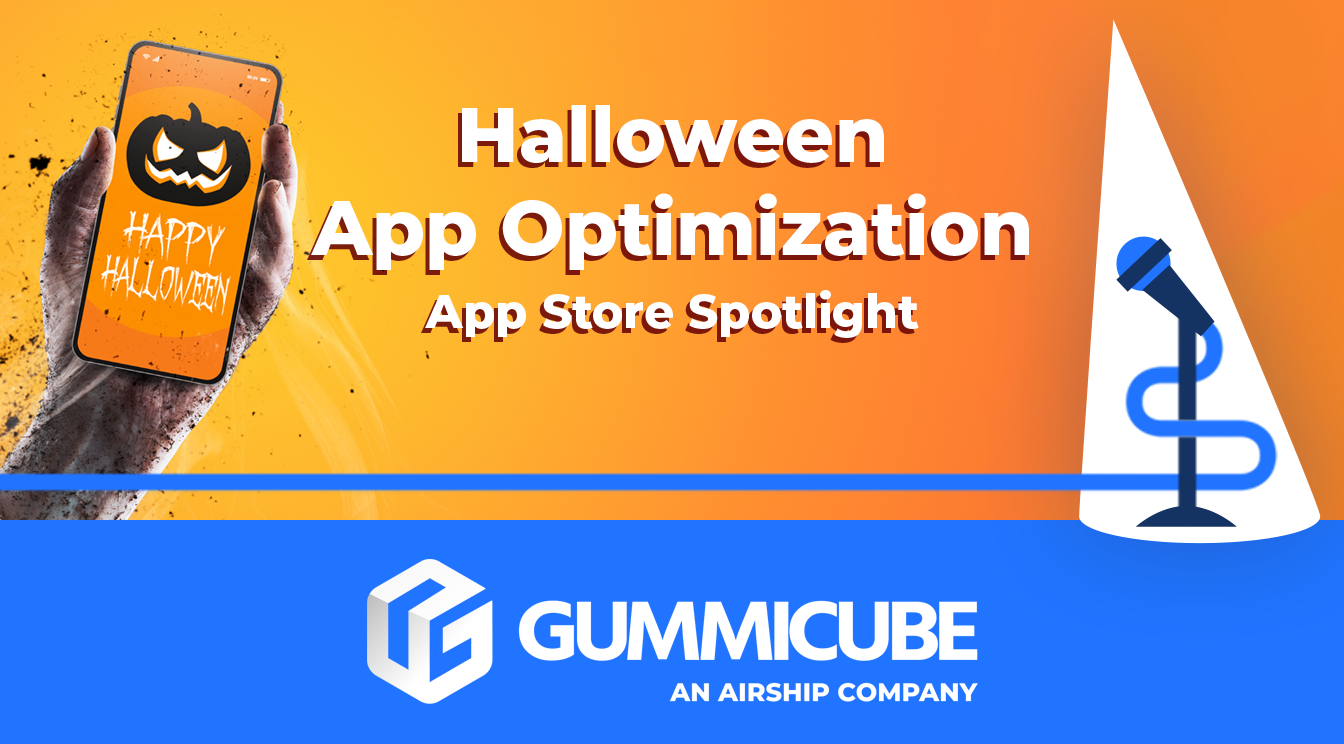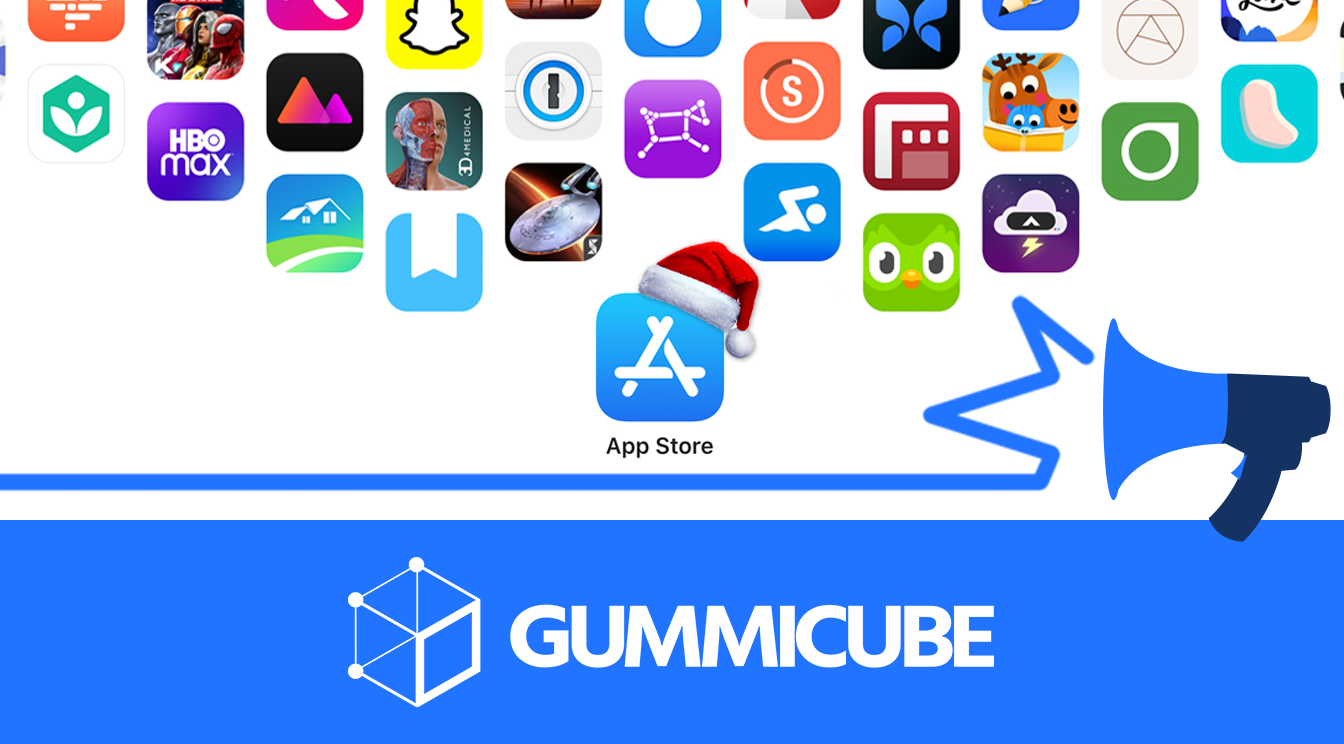
5 Best Practices for Apple Search Ads
Posted on July 3rd, 2024
Are you leveraging Apple Search Ads the right way? Take a look at these recommendations to optimize your paid campaigns and target the right users.

Just when most companies were figuring out Google Ads, and investing in a mix of SEO and PPC, social exploded. Social provided new advertising channels and new ways to engage with the market - and social was fundamentally new. The mass adoption of mobile, and the rapid move from fixed internet to mobile apps has created another new opportunity for connecting to your market. Marketing your app requires more than submitting to the app store and checking downloads once in a while. Since launching a mobile app is a slightly different topic, lets focus on the basic tools mobile app marketers have for marketing your app once live in the app stores.
The data shows people are spending more time in mobile apps, consuming more content in apps and increasingly performing purchasing research in apps. And companies still bury links to their mobile app at the bottom of their website - as if it were just another white paper. Acquiring a mobile user is more valuable than a website visit - as not only do you have an icon that lives on their device, but most consumers prefer notifications to email (and certainly popups). Open rates of notifications, and specific actions taken far exceed open rates and actions taken for email, even if both are opened and viewed on a mobile device. You want all of your current clients, prospects, website and social media visitors to download your app - so let's start there.
For the same reasons as above, you want to proudly announce your mobile app. You have email lists - lists of clients and prospects and leads from the last conference and webinar attendees and Twitter followers. Tell them. Track your open rates for emails talking about your new mobile app, and then send the same email with a different subject to those that didn't open the first email. On emails that go out that have nothing to do with your mobile app or new features, there should be a "download our mobile app" link right next to the website url and the company Twitter handle. Just like with emails - share on Twitter and whatever other social networks you are invested in. Most social networks allow for pinning or making a sticky post. Encourage your followers and fans to download your app. Your email lists and social media following has already expressed an interest in your services.
A press release is cool, and recommended at launch at least. Know what's cooler (and harder)? Reaching out to relevant press contacts? Getting them interested. The current press coverage model is bottom-up. The biggest sites get their topics from sites dedicated to a specific vertical or horizontal. These sites find stories from smaller/topical sites, who in turn find stories from niche sites or sites that serve a very specific audience. Since digital is not limited like print, more stories = more pageviews = more revenue. Journalists, reviewers, bloggers want more stories. Type into search your app's main features or benefits - who is talking about apps like yours? What is your app's story - and how can you pitch that to these folks who can drive net-new installs?
Neither Apple or Google have published their app store ranking algorithm. And because app store data is closed (unlike the web), it is not a simple task to reverse engineer the weight of various ranking factors. It is clear, however, the number and velocity of your mobile app's ratings and reviews impacts rankings. Not only do ratings and reviews impact where your app is displayed in search results, but low ratings will negatively impact conversion rates of a view to an install, just as high ratings will increase conversion rates. Ask your users to rate your mobile app, and to share it with others who they think will find it useful.
your ASO
Optimizing your app store listing is Marketing Your App 101 - maximizing the discovery of your app in relevant search results, and converting views to installs is not "set and forget". Optimization means continually testing, improving, and adapting to changes in the app stores. What features are your target audience searching for? What words and phrases are they using to describe the features? Are there any new trends - keywords, competitor apps, related apps - that suggest a change in keywords, screenshots, app title or the description is needed?
Marketing your app is not an activity reserved for launch day, but an on-going effort to connect your mobile app with your audience. Showing, sharing, promoting and optimizing your mobile app for your audience are some of the oft-forgotten basics of mobile app marketing - and some of the most impactful and highest ROI actions you can take.

Are you leveraging Apple Search Ads the right way? Take a look at these recommendations to optimize your paid campaigns and target the right users.

Ghostly happenings are among us... and in your app listing too? If you aren't leveraging the power of app seasonality to make relevant tweaks to your store listing you're leaving precious engagement and conversions on the table.

Developers on the iOS App Store should plan in advance of the upcoming Holiday Schedule to allow enough time for apps to get approved during the busy holidays.